February 13, 2019
How to Relocate A Decorating Business
Moving your shop can be stressful. Be sure you’ve explored every option and found an ideal space before taking the plunge.
Relocating your shop isn’t easy. It takes a lot of time and energy, and requires serious business acumen. I wanted to move as soon as I bought into Campus Ink in 2014. I was a foolish 24-year-old with big plans. The allure of tons of space, new equipment and gigantic loans to finance it all was hard to resist.
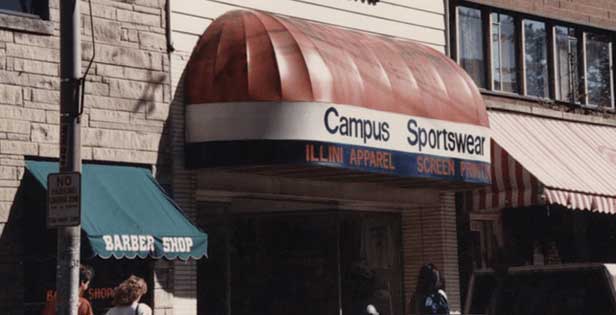
Campus Sportswear, now Campus Ink, circa 1975.
The only problem? My 55-year-old co-owners had other plans. They’ve seen print shops come and go because of ill-fated relocations. Thankfully, their experience told them to: wait, not take on debt, buy in cash, grow until it’s necessary to move. It doesn’t matter what generation you come from – that’s rock-solid business advice.
We grew our business until it needed to move. Early in the summer of 2018, we relocated to a 12,000-square-foot facility in Champaign, IL. Here are my tips for relocating the correct way:
Get Electricity and Plumbing Right. This was my first big practical lesson. Your plan for handling electricity, plumbing and waste disposal should be crystal-clear before choosing your new location. Rewiring your new building is an expensive headache, so do your research ahead of time. Consult with an electrical expert. Ruling out a poor potential property will cost much less than rewiring a building and losing production time after you’ve relocated.
Here’s what to consider about electricity and relocation:
• Flash units, auto presses, dryers and pressure washers use a lot of energy. You’ll need three-phase power to provide enough electricity.
• Retrofitting a building with one-phase power to use three-phase power is wildly expensive (potentially costing thousands and thousands of dollars). If you’re in a rural locale or looking at old buildings, you may have difficulty finding three-phase power with 400 amps.
• Your equipment sales reps can advise you about power requirements for your specific gear. They can even pass schematics and details along to professionals you consult.
• Have your circuit breaker boxes inspected by a professional long before you move. Your equipment will need 220v power; budget for additional breakers. Plumbing, like electricity, is part of a successful relocation. A capable plumbing system is essential for screen washout and proper chemical disposal. Consult with an expert about the building’s plumbing, but also perform your own due diligence. Consider these points:
• The building must have direct sewer access to ensure appropriate disposal.
• Confirm the water supply is adequate. Don’t spend a small fortune to wash screens and clean squeegees and other equipment.
• Certify the location of the existing plumbing makes sense for workflow. Screens shouldn’t travel across the entire shop repeatedly. Paying for new plumbing is not cost-effective.
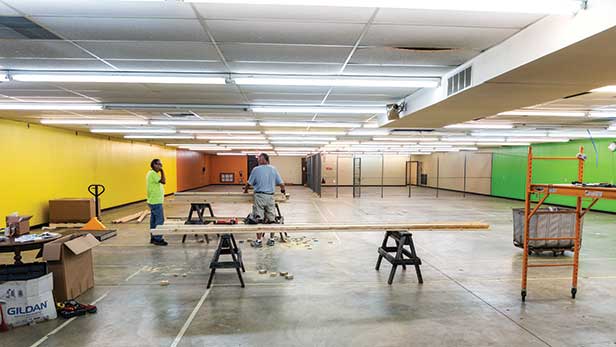
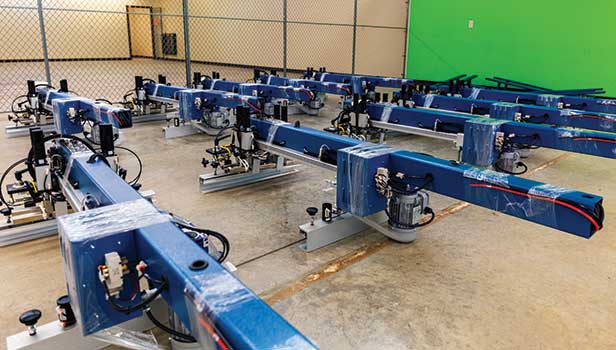
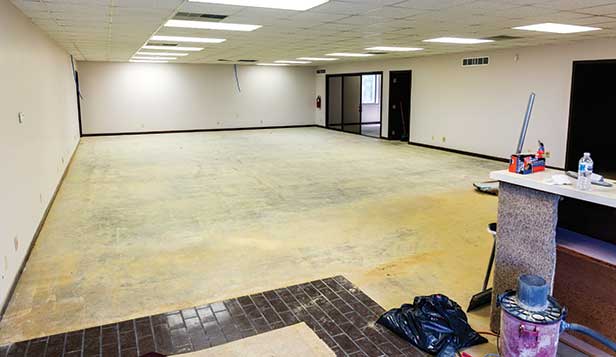
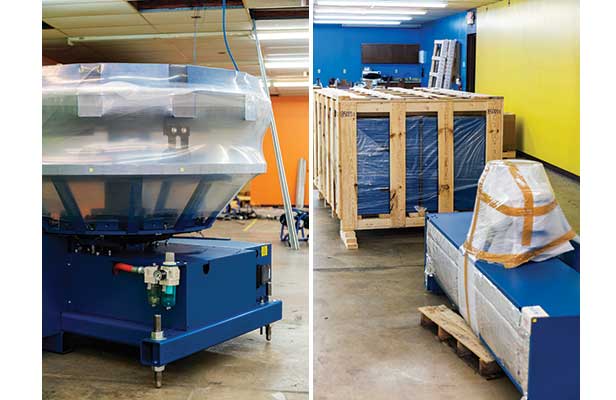
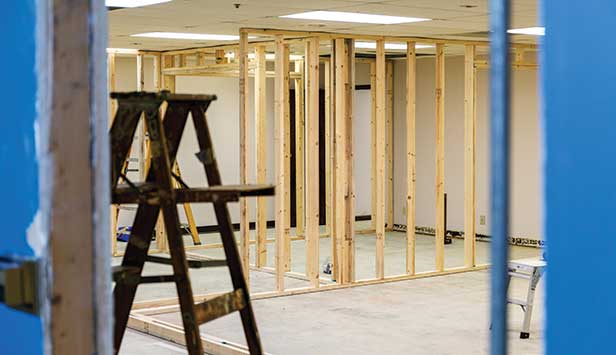
Campus Ink relocated into a 12,000-square-foot facility last year, allowing owners to purchase updated equipment and create a layout ideal for their needs.
Ensuring your plumbing is adequate also minimizes the risk of environmental pollution. If you intend to grow into a large commercial operation, you need a complete picture of the local laws and regulations regarding waste disposal. You should have a firm grasp on the MSDS recommendations for each and every chemical you introduce into the sewer. Get your waste disposal plans in place and begin contacting disposal companies like Safety-Kleen sooner rather than later.
Additional tip: Recognize the fact that conveyor dryers need lots of ventilation and insulation to operate efficiently. Adequate ventilation also ensures you won’t have issues with fumes. You should budget for modifications if your building doesn’t have a setup for proper ventilation and insulation.
Make the Minimum Viable Move. You don’t need to be an expert at plumbing, electricity and HVAC – or have a million dollars in the bank – to plan a smart and profitable relocation. There will be unforeseen costs no matter how meticulous your plans are. Moving is risky – determine whether you’re ready to relocate before you go shopping for space. How well do you agree with the following statements?
• I know exactly what I’d do with the new space, and I can name the need it fulfills and the revenue it would generate.
• I’m certain I’m using my current space to its fullest extent.
• I’m having trouble because of limitations imposed by my location, not because of business or marketing efforts.
• My business is sustainable with sales projections trending upward.
When you relocate, you take risks. You may lose production time and could even lose employees. Instead of aiming for the stars and rushing out to buy the biggest and best warehouse you can, take the smallest risk and make the minimum viable move.
That might not mean relocation – it could be marketing, refining how you use your space, or continuing to grow, saving and planning for your relocation. Those efforts are what enabled Campus Ink to relocate to our dream space. The grass isn’t always greener on the other side – particularly if making the leap puts you out of business.
A graduate of the University of Illinois, Steven Farag is co-owner of Campus Ink, a 72-year-old screen-printing and embroidery company that Farag transformed and rebranded. Farag also acts as a consultant, helping other shop owners strategize, transform and grow. Contact him at Steven@campus.ink.
